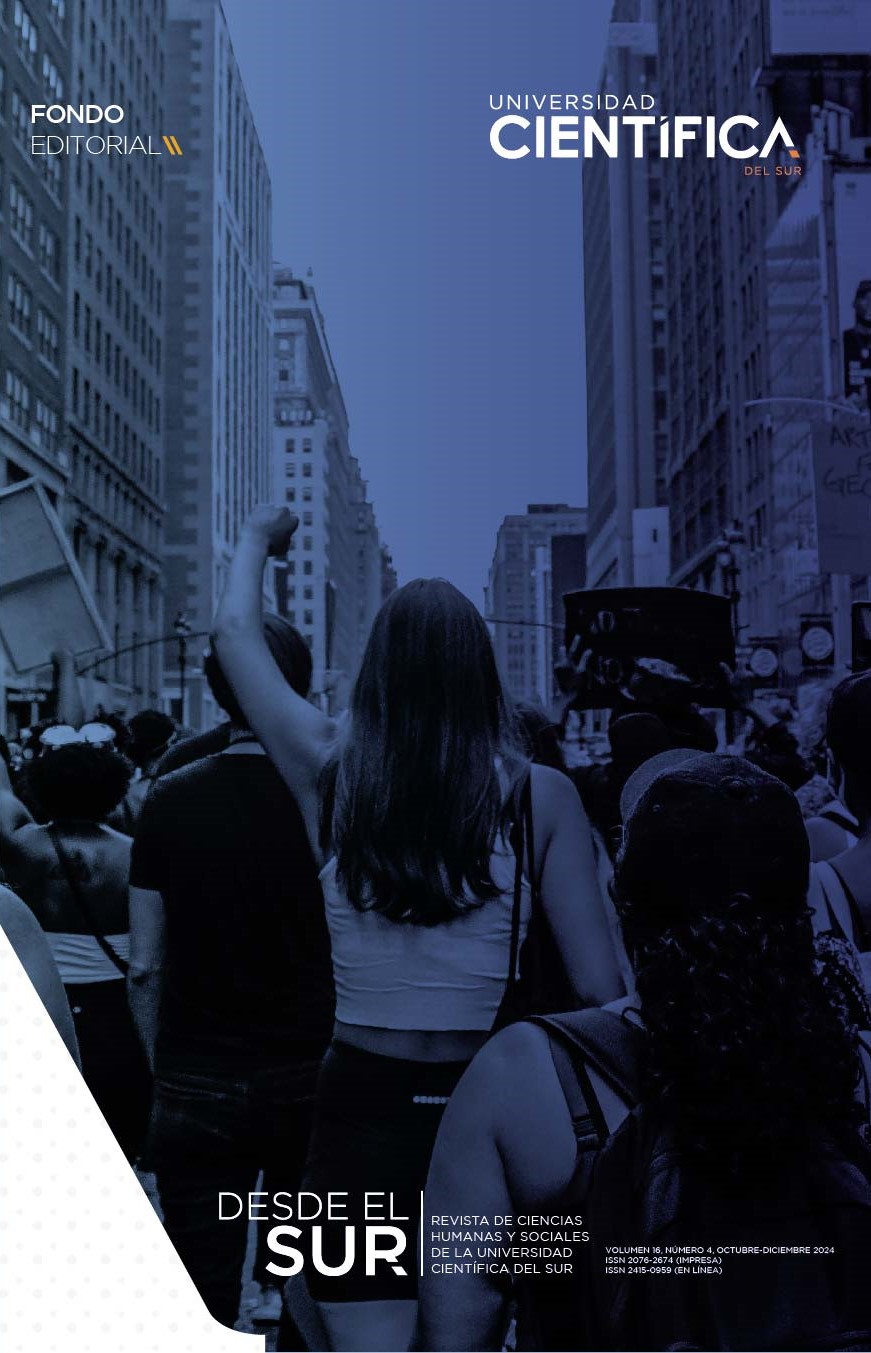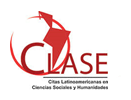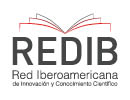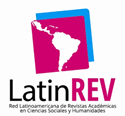Envisioning an Orderly Altiplano: Middle Class Discourses of Moral Geography on El Alto, Bolivia
DOI:
https://doi.org/10.21142/DES-1604-2024-0055Palavras-chave:
Bolivia, Moral geography, social class, middle class, race, indigeneityResumo
Since the early 2000s, Bolivia has undergone extensive social and economic shifts. This is in part tied to the presidency of Evo Morales, the country’s first Indigenous-identified head of state. The city of El Alto, often considered an «Indigenous city,» may be understood as a microcosm for understanding these larger shifts. Residents of the capital city of La Paz, which sits in the valley just below El Alto, have long thought of the neighboring area as a place of danger, filth, crime, and chaos. But as political, economic, and identity dynamics have changed throughout Bolivia, discourses about El Alto shifted to highlight the ways El Alto is «progressing» socially and economically. This paper concentrates on discourses about El Alto that middle-class residents of La Paz (called Paceños) circulate on a daily basis, and through which they actively produce understandings of the intimate connections between city center and periphery. This makes clear how aesthetic, affective, and corporeal valuations of space are implicated in economic and social development, both producing new forms of identity and reconfiguring others. Based on ethnographic research from the 2010s, I use the concept of moral geography to understand the valuing of space and how notions of «modernity», «development», and «orderliness» become positively assessed in the context of Bolivian middle-class identity. Yet, in 2019, in the wake of a contested finish to the country’s presidential election, violence occurred in the streets in cities across Bolivia. In La Paz, middle class residents contributed to discourses that blamed this violence on El Alto residents, reinscribing notions of danger and chaos. Thus, this article traces the ways discourses on El Alto reflect shifting ideologies of class in Bolivia, within global notions of progress. As middle class Bolivians express desires for their country to more closely reflect global indicators of development, they repeatedly come back to the notion that as goes El Alto, so goes Bolivia.
Downloads
Referências
Albro, R. (2010). Roosters at Midnight: Indigenous Signs and Stigma in Local Bolivian Politics. School for Advanced Research.
Ariztía, T. (2012). Decorating the New House: The Material Culture of Social Mobility. In J. Sinclaire and A. C. Pertierra (Eds.), Consumer Culture in Latin America (pp. 93-106). Palgrave Macmillan.
Babb, F. E. (2022). ‘The real indigenous are higher up’: Locating race and gender in Andean Peru. Latin American and Caribbean Ethnic Studies, 17(1), 12-33. https://doi.org/10.1080/17442222.2020.1809080
Bakhtin, M. (1981). The Dialogic Imagination: Four Essays (M. Holquist, Ed.; C. Emerson and M. Holquist, Trans.). University of Texas Press.
Bigenho, M. (2007). Bolivian Indigeneity in Japan: Folklorized Music Performance. In M. de la Cadena and O. Starn (Eds.), Indigenous experience today (pp. 247-274). Berg.
Bjork-James, C. (2020a). Mass Protest and State Repression in Bolivian Political Culture: Putting the Gas War and the 2019 Crisis in Perspective (HRP 20-003; Human Rights Program Research Working Paper Series, pp. 1-38). Harvard Law School.
Bjork-James, C. (2020b). The Sovereign Street: Making Revolution in Urban Bolivia. University of Arizona Press.
Bourdieu, P. (1984). Distinction: A Social Critique of the Judgement of Taste (R. Nice, Trans.).
Cadena, A., Remes, J., Grosman, N., and de Oliveira, A. (2017). Where Will Latin America’s Growth Come From? (pp. 1-22) [Discussion Paper]. McKinsey Global Institute.
Cárdenas, M., Kharas, H., and Henao, C. (2011). Latin America’s Global Middle Class (pp. 1-29). Brookings Institute. https://www.brookings.edu/wp-content/uploads/2016/06/0427_global_middle_class_cardenas_kharas.pdf
Castañeda, J. G. (2011, January 11). What Latin American Can Teach Us. The New York Times. www.nytimes.com/2011/12/11/opinion/sunday/on-the-middle-class-lessons-from-latin-america.html
Castellani, G., and Parent, G. (2011). Being «Middle Class» in Latin America. OECD Development Centre Working Papers.
Choque, M. E., and Mamani Condori, C. (2001). Reconstitucion del Allyu y Derechos de los Pueblos Indígenas: El Movimiento en los Andes de Bolivia. Journal of Latin American and Caribbean Anthropology, 6(1), 202-224.
Dávila, A. M. (2018). El mall. University of California Press. http://public.eblib.com/choice/PublicFullRecord.aspx?p=5636549
de la Cadena, M. (2000). Indigenous Mestizos: The Politics of Race and Culture in Cuzco, Peru, 1919-1991. Duke University Press.
Deloria, P. J. (2004). Indians in Unexpected Places. University Press of Kansas.
Farthing, L., and Arigho-Stiles, O. (2019). Bolivia’s Tragic Turmoil. NACLA. https://nacla.org/news/2019/11/15/Bolivia-Morales-Camacho
Freeman, C. (2014). Entrepreneurial Selves: Neoliberal Respectability and the Making of a Caribbean Middle Class. Duke University Press.
Gill, L. (2000). Teetering on the rim global restructuring, daily life, and the armed retreat of the Bolivian state. Columbia University Press.
Goldstein, D. M. (2004). The spectacular city: Violence and performance in urban Bolivia. Duke University Press.
Gotkowitz, L. (2012). Histories of race and racism: The Andes and Mesoamerica from colonial times to the present. Duke University Press. http://dx.doi.org/10.1215/9780822394334
Han, C. (2012). Life in Debt: Times of Care and Violence in Neoliberal Chile. University of California Press. http://www.myilibrary.com?id=358713
Hill, J. (1995). The Voices of Don Gabriel: Responsibility and Self in a Modern Mexicano Narrative. In D. Tedlock and B. Mannheim (Eds.), The Dialogic Emergence of Culture (pp. 108-147). University of Illinois Press.
Hylton, F., and Thomson, S. (2007). Revolutionary Horizons: Past and Present in Bolivian Politics. Verso.
Kozameh, S., and Ray, R. (2012). Surviving the Global Recession: Poverty and Inequality in Latin America. NACLA Report on the Americas, 45(2), 22-26.
Lazar, S. (2008). El Alto, rebel city: Self and citizenship in Andean Bolivia. Duke University Press.
McNelly, A. (2019). The Highs and Lows of Bolivia’s Rebel City. NACLA, 51(4), 333-340.
Ministerio de Comunicación de Bolivia. (2014). Presidente Morales: La Paz se ha convertido en una ciudad moderna y modelo. http://comunicacion.gob.bo/?q=20140915/16712
Mitchell, D. (2003). The Right to the City: Social Justice and the Fight for Public Space. Guilford.
Modan, G. G. (2007). Turf Wars: Discourse, Diversity, and the Politics of Place. Blackwell.
Morales se ofrece a dar talleres sobre cómo bloquear. (2019, October 25). Página Siete. https://www.paginasiete.bo/nacional/morales-se-ofrece-a-dar-talleres-sobre-como-bloquear-GCPS235407
O’Dougherty, M. (2002). Consumption Intensified: The Politics of Middle-Class Daily Llife in Brazil. Duke University Press.
Paz Soldán, E. (2021, November 4). Las «hordas» en noviembre. Anuario de Glotopolítica. https://glotopolitica.com/aglo-4/pazsoldan/
Portes, A., and Hoffman, K. (2003). Latin American Class Structures: The Composition and Change during the Neoliberal Era. Latin American Research Review, 38(1), 4-82.
Rivera Cusicanqui, S. (2003). El mito de la pertenencia de Bolivia al «mundo occidental». Requiem para un Nacionalismo. Temas Sociales, 24. http://www.scielo.org.bo/scielo.php?pid=S0040-29152003000100006&script=sci_arttext
Shakow, M. (2014). Along the Bolivian Highway: Social Mobility and Political Culture in a New Middle Class. University of Pennsylvania Press.
Vacano, D. (2012). The Color of Citizenship: Race, Modernity, and Latin American/Hispanic Political Thought. Oxford University Press.
Weismantel, M. J. (2001). Cholas and Pishtacos: Tales of Race and Sex in the Andes. University of Chicago Press.
Wirtz, K. (2020). Racializing Performances in Colonial Time-Spaces. In H. S. Alim, A. Reyes, and P. V. Kroskrity (Eds.), The Oxford Handbook of Language and Race (pp. 207–229). Oxford University Press.
Downloads
Publicado
Edição
Seção
Licença

Esta obra está bajo una licencia http://creativecommons.org/licenses/by-nc-sa/4.0/



















